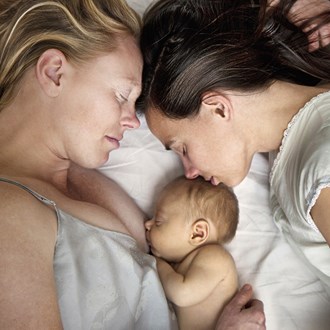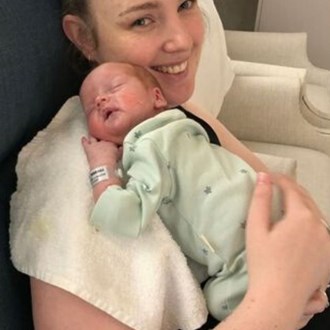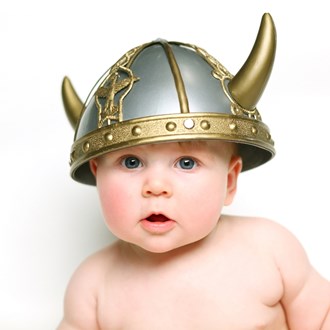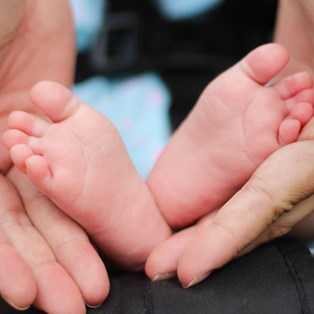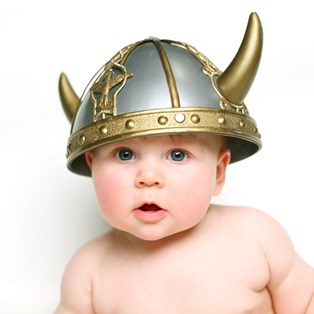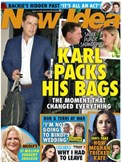Expressing colostrum: how to express colostrum before birth
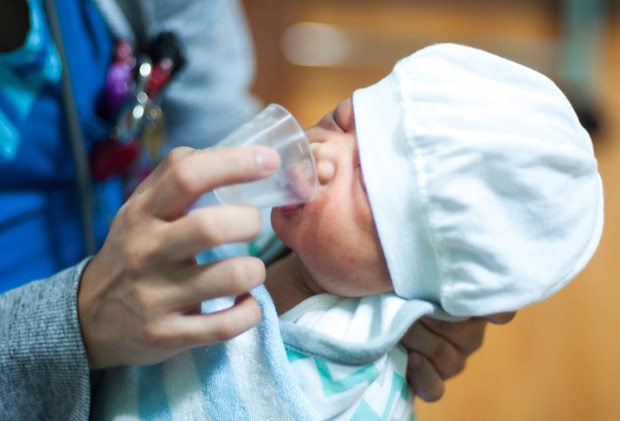
Your guide
By Alex Harmon
February 12 2019
Packing your hospital bag, going over your birth plan, enjoying your last days of freedom, these are the things you usually do to prepare for your impending birth, but some women will need to hand express and store colostrum before bub comes along too.
Hand expressing colostrum provides your baby with her first nourishing feed. It is packed with nutrients and high levels of antibodies to protect her from illness, it also safeguards against some allergies, is important for her digestive tract and keeps her hydrated. During the first week after birth your milk will gradually transition from colostrum to breastmilk.

getty images
If your pregnancy is straightforward and healthy there is no need to start expressing and storing colostrum. However speak to your midwife if you any of these circumstances apply to you as you may need to syringe feed your baby colostrum:
• Gestational diabetes: babies born to diabetic mothers might have low blood sugar and receiving colostrum can help baby’s blood sugar level stabilise.
• Multiple births: some mothers of twins or triplets will store colostrum as these babies are more likely to be born with low birth weight.
• Congenital conditions: some babies will be diagnosed antenatally with conditions such as Down syndrome, heart problems or a cleft palate and may not be able to breastfeed well.
• Women who have had breast surgery may encounter issues breastfeeding and syringe feeding your baby colostrum can be done prior to bottle feeding.
Is it safe to express colostrum whilst you are pregnant?
Under normal circumstances harvesting colostrum before birth is safe, however it’s best to speak to your doctor or midwife first as there are some risk factors to consider. If you are given the go-ahead it is recommended you begin close to your baby’s due date, no earlier than 36 weeks. Some women will begin leaking colostrum from as early as the second trimester but this doesn’t mean labour is on its way.
Can it induce early labour?
Some women are concerned that collecting colostrum while pregnant could bring on an early labour, increasing the health risk to mother and baby. There is a small chance that stimulating the nipples while expressing colostrum could bring on contractions, therefore some women will be advised not to express before birth.

Getty images
The benefits of hand expressing colostrum before birth.
• You’ll learn how to hand express in the third trimester, ready for bub’s arrival.
• You’ll have colostrum available in case you have any issues breastfeeding.
• You’ll have food on hand if bub is born prematurely.
The risks of expressing colostrum before birth
• There is a small chance of inducing labour.
• Stimulating the nipple can bring on contractions which can reduce blood flow to the womb.
• If you have a high-risk pregnancy or are at risk for preterm labour, you will be advised not to express.

Getty images
How much colostrum should I express before birth?
Babies first feed will be no more than a teaspoon of colostrum so you’ll only need to express for 3-5 minutes a time up to three times a day. This will provide a few millilitres, enough for your baby’s first feed. You can use a syringe to collect colostrum and the same syringe can be used two to three times on the same day for syringe feeding baby colostrum.
How should I store colostrum?
Store your colostrum in a clean container such as a medicine cup or directly in the syringe for easy feeding and place in the freezer. Frozen colostrum can be stored for up to three months.
How to express colostrum
There are many videos available to show you step-by-step instructions on how to express colostrum. Here are the basics you’ll need to know:
1. Clean hands: make sure you have washed your hands. Apply a warm flannel to the breast to stimulate milk flow.
2. Massage: Start with a gentle massage of the breast to stimulate the letdown reflex.
3. Press, compress, release: use your thumb and fingers above and below the areola to mimic the rhythm of a baby sucking.
4. Repeat and swap: express for no more than 5 minutes and then swap breasts. Repeat so that each breast is expressed twice.
5. Collect: yellowish drops of colostrum will appear from the breast to be caught in the syringe or cup.
6. Store: keep the syringe or cup in the fridge between sessions.
7. Freeze: at the end of the day, place the syringe or cup in a zip-lock bag, label, and freeze.

